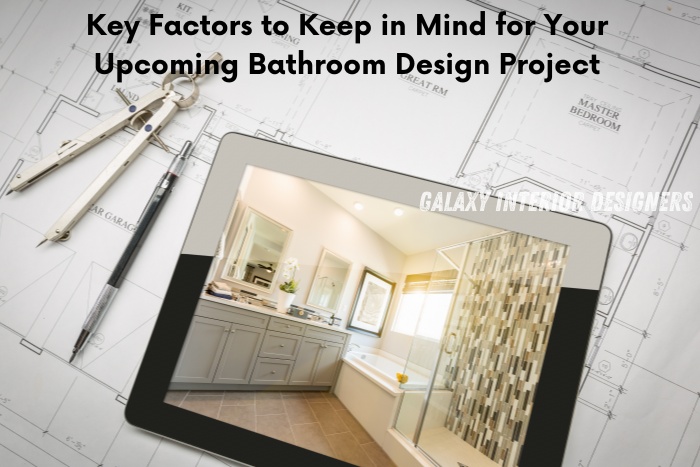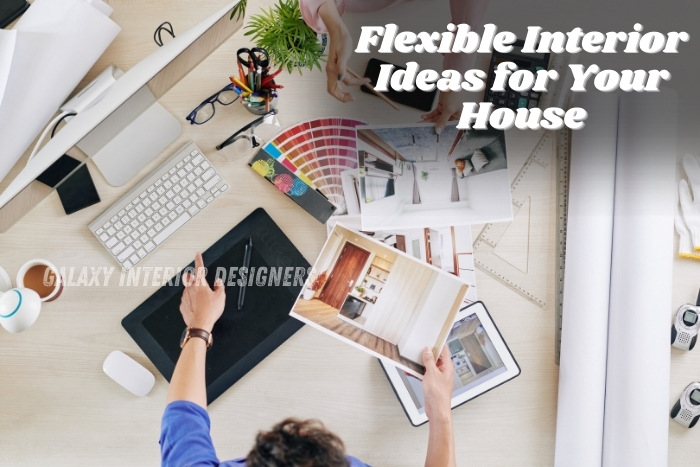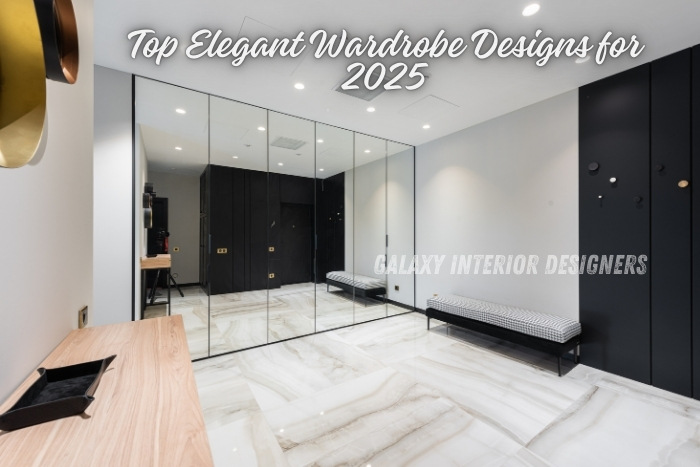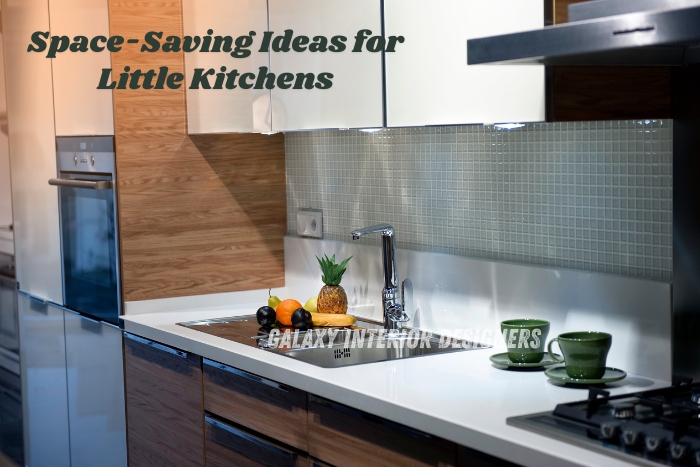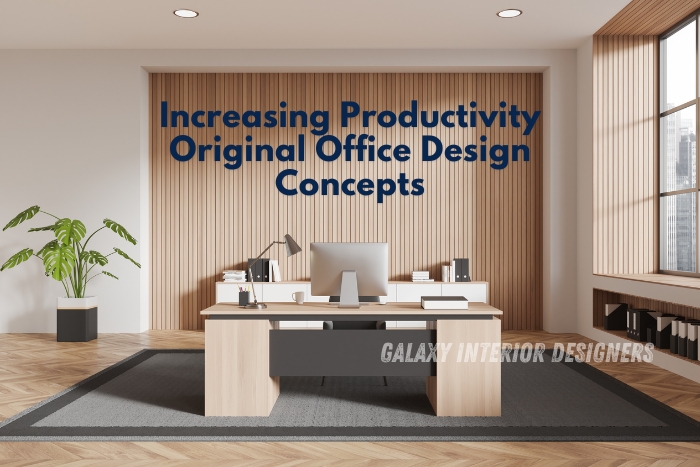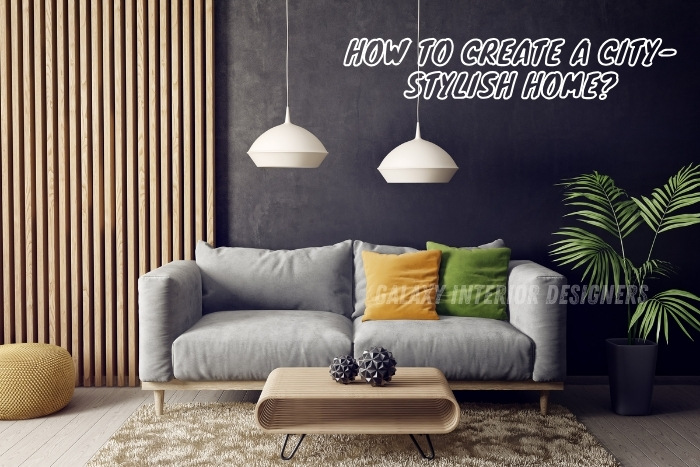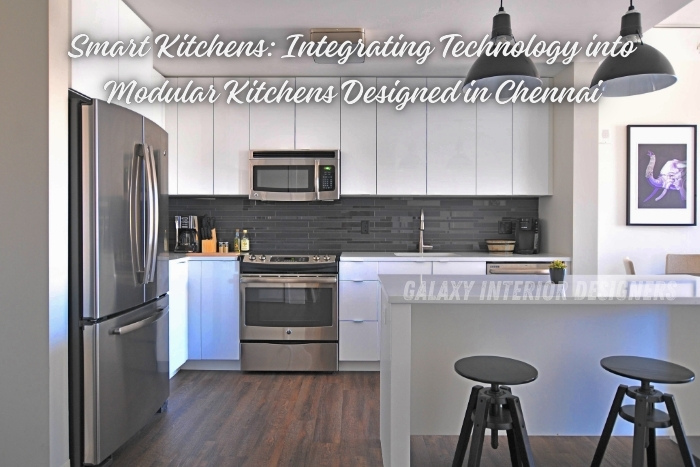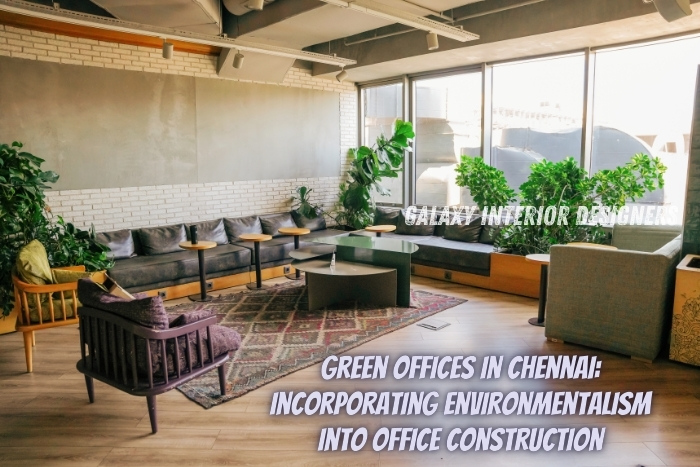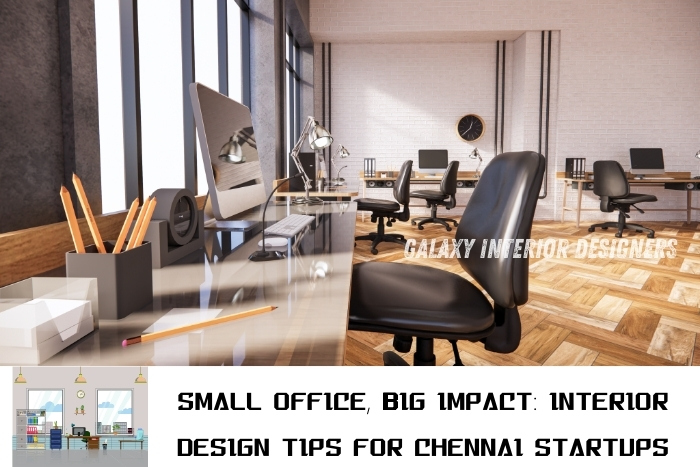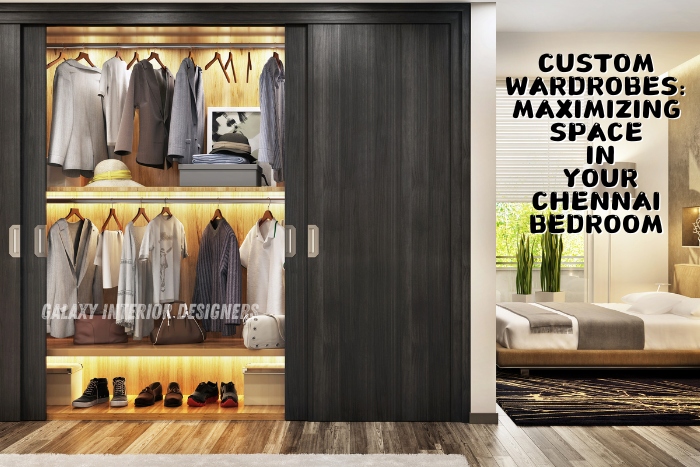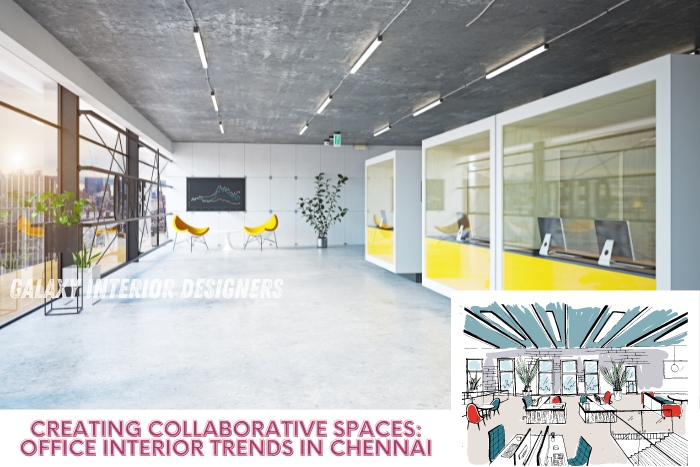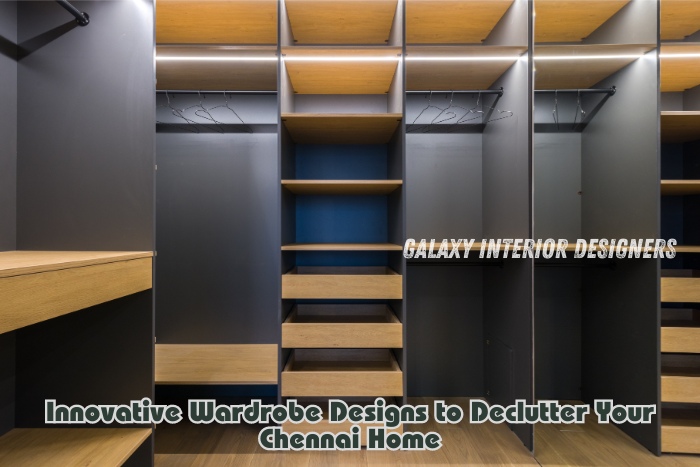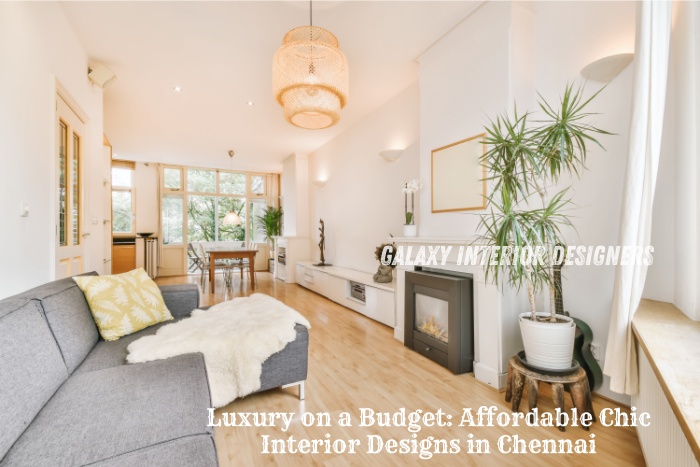One of the most fascinating and difficult home remodeling undertakings is bathroom design. The bathroom is now more than simply a practical place to get ready in the morning; it’s a place where you can escape and recharge. There are a few important things to take into account when designing a bathroom, whether you’re beginning from scratch or remodeling an old space, to make sure it’s both elegant and useful. We’ll go over all you need to know about bathroom design in this tutorial to help you build the ideal area.
Understanding Your Needs
Prior to tackling design concepts, it’s critical to comprehend what your bathroom needs. Think about who and how often the place will be used. Compared to a guest bathroom or a master ensuite, a family bathroom will have various needs.
- Family Bathroom: Needs to be durable and easy to clean with plenty of storage.
- Guest Bathroom: Can be simpler and more stylish, focusing on aesthetics.
- Master Ensuite: A place for luxury and relaxation, often featuring high-end fixtures and finishes.
Setting a Budget
One of the most important aspects of any renovation project is the budget. Establish your spending limit and distribute money across the project’s many components. Remember that labor expenses might consume a sizable amount of your money, so make appropriate plans.
- Prioritize: Focus on essentials first, such as plumbing and fixtures, before spending on luxury items.
- Contingency: Set aside an extra 10-15% for unexpected expenses.
Choosing the Right Layout
The area you have available will determine how your bathroom is laid up. Take precise measurements of the space and take into account where the windows, doors, and plumbing are located.
- Functionality: Ensure easy access to the sink, toilet, and shower/bath.
- Flow: Aim for a layout that feels spacious and uncluttered.
- Future Needs: Consider any potential future changes, like adding a bathtub or more storage.
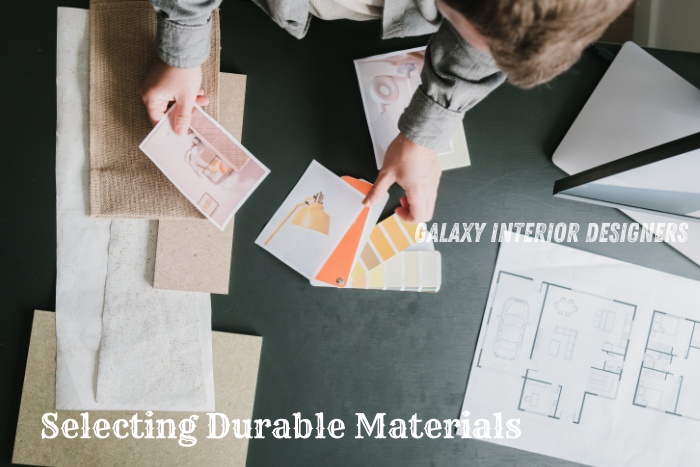
Selecting Durable Materials
Selecting materials that are resistant to moisture and humidity is crucial because bathrooms are exposed to these elements.
- Tiles: Ceramic, porcelain, and natural stone are excellent choices for floors and walls.
- Countertops: Quartz, granite, and solid surfaces are durable and easy to maintain.
- Cabinetry: Opt for water-resistant materials and finishes to prevent damage over time.
Optimal Lighting Solutions
Lighting can make or break a bathroom design. Aim for a mix of ambient, task, and accent lighting to create a balanced and functional space.
- Ambient Lighting: Provides overall illumination, often through ceiling lights.
- Task Lighting: Focuses on areas where you need bright light, like the vanity mirror.
- Accent Lighting: Adds a decorative touch, such as LED strips under cabinets or around the mirror.
Plumbing Considerations
Plumbing is the backbone of any bathroom, and it’s crucial to get it right from the start. Work with a professional plumber to ensure your plumbing is up to code and can handle the demands of your new fixtures.
- Water Pressure: Ensure your home’s water pressure is adequate for your new shower and faucets.
- Drainage: Plan for efficient drainage to avoid future issues.
- Piping: Consider upgrading old pipes to prevent leaks and improve water flow.
Ventilation is Key
Proper ventilation is essential to prevent mold and mildew, which can damage your bathroom and pose health risks.
- Exhaust Fan: Install a high-quality exhaust fan to remove moisture and odors.
- Windows: If possible, include windows that can open to allow natural ventilation.
- Humidity Sensors: Consider fans with built-in humidity sensors for automatic control.
Maximizing Storage Space
Effective storage solutions can keep your bathroom organized and clutter-free.
- Cabinets and Drawers: Use vanity cabinets with plenty of storage space.
- Shelving: Add open shelves for easy access to everyday items.
- Hooks and Racks: Install hooks for towels and robes to save space.
Choosing the Right Fixtures
Fixtures are the focal points of any bathroom. Choose high-quality fixtures that complement your design style.
- Faucets: Available in various styles and finishes; choose one that matches your overall theme.
- Showerheads: Consider multifunctional showerheads for a spa-like experience.
- Toilets: Opt for water-efficient models to save on utility bills.

Flooring Options
The right flooring can enhance the look and feel of your bathroom while providing durability.
- Tile: A popular choice for its water resistance and variety of styles.
- Vinyl: Affordable and available in many designs, including those that mimic natural materials.
- Stone: Offers a luxurious look but requires more maintenance.
Wall Treatments and Colors
Wall treatments can add personality to your bathroom. Choose colors and finishes that complement your design.
- Paint: Use moisture-resistant paint to prevent mold.
- Tiles: Create feature walls with decorative tiles.
- Wallpaper: Opt for vinyl wallpaper designed for bathrooms.
Incorporating Technology
Modern bathrooms often incorporate technology for added convenience and luxury.
- Smart Showers: Control water temperature and flow with digital interfaces.
- Heated Floors: Keep your feet warm with underfloor heating.
- Automated Lighting: Use motion sensors for hands-free lighting control.
Safety First
Safety should be a top priority, especially if the bathroom will be used by children or elderly family members.
- Non-Slip Flooring: Choose flooring materials with a non-slip surface.
- Grab Bars: Install grab bars near the shower and toilet.
- Adequate Lighting: Ensure all areas are well-lit to prevent accidents.
Eco-Friendly Choices
Making eco-friendly choices can reduce your environmental impact and save on utility bills.
- Low-Flow Fixtures: Save water with low-flow faucets and showerheads.
- Energy-Efficient Lighting: Use LED bulbs to reduce energy consumption.
- Sustainable Materials: Choose recycled or sustainably sourced materials.
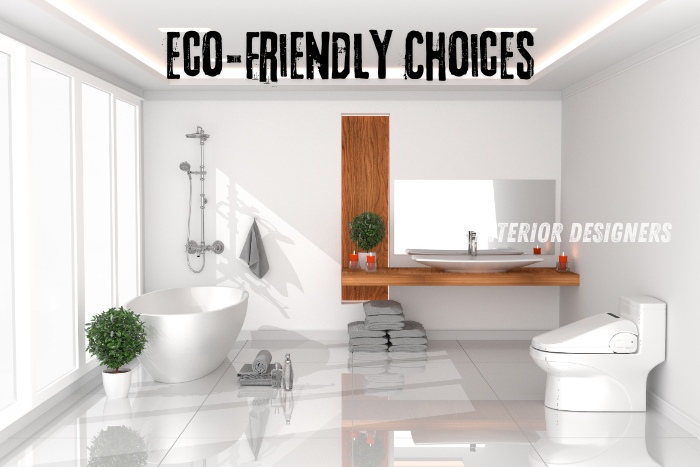
Hiring the Right Professionals
Working with experienced professionals can make a significant difference in the quality and success of your bathroom design project.
- Interior Designers: Provide valuable insights and design expertise.
- Contractors: Ensure quality workmanship and project management.
- Plumbers and Electricians: Handle the technical aspects safely and efficiently.
Personal Touches and Accessories
Add personal touches to make your bathroom unique and inviting.
- Art and Decor: Hang artwork or decorative pieces that reflect your style.
- Textiles: Use colorful towels, rugs, and shower curtains to add personality.
- Plants: Incorporate indoor plants for a touch of nature and freshness.
Conclusion
Designing a bathroom involves careful planning and attention to detail. By considering these key factors, you can create a bathroom that is functional, stylish, and tailored to your needs. Remember, Galaxy Interior Designers in Chennai is here to help you bring your vision to life with expert advice and professional services.

